What is Human Pup Play?
Human Pup Play is when a person takes on the role of a puppy or dog. Others may also take on the role of a handler, trainer, Sir/Ma'am, and other assorted roles.
It's not necessarily a sexual play, for some it might be, for others, it is a release of the animal part of them.
It's not bestiality; real animals are not involved.
For many, human pup play is not humiliation but rather enjoyable, relaxing, and often empowering. A pup is the center of attention, care, and love. A very intimate and special bond can be found between a pup and their handler, trainer, other pups, Sir/Ma'am, etc.
How do I get started as a pup?
Get on all fours and start barking!
It is not always easy for a pup to get started with their puppy headspace. All pups are different, so what works for one pup may not work for others. The most useful thing may be to try and think like a dog thinks.
When you see a ball, you want to chase it. When someone gives you a treat, you wag your tail (wagging your butt is acceptable, and not to mention cute!).
Human speech doesn't mean much to you, except maybe "good boy/girl." There are very little worries when you are a pup.
You do not necessarily have to be on all fours to be in pup headspace. Many pups achieve headspace even when they are at work, in the car, or at the store. It is all about keeping a carefree, joyful mentality. And growling at the occasional squirrel.
What is pup headspace?
Headspace is a mental state you put on when you are doing puppy play. Dogs live in the moment; they do not think about the past or future. They act on instinct rather than rationality. Dogs are pack animals and seek attention from other members of the pack. They may look to other dogs for leadership and guidance and will assert their own if they do not find it. Maintaining headspace is about putting aside human thoughts and desires and thinking instead about a pup's thoughts and desires.
How do I get started as a Handler?
For the most part, when you are handling your pup, treat them how you would treat a biological puppy. Pet them, play with them, tell them they're a good pup. There is nothing greater than having the joy and love you give your pup reflected back to you from a wagging tail and a lick on the cheek.
Some of the best guides for training are regular-old puppy training guides you get from the pet shop. Make sure your pup tries to use their puppy mentality and now human (humans learn tricks too fast). Do keep in mind however that your human puppy is not the same as a biological one and cannot do all the same things their "bio" counterparts can.
What are the roles in puppy play?
This is not an exhaustive list of the roles in puppy play, nor does everyone fall into just one category. These are the most common terms you might hear:
Pups
...are more about canine headspace to tap into their inner pup. Physical aspects can come into it as well.
Handlers
...are anyone who takes care of a pup; the one holding the leash, playing, and taking care of their pup.
Trainers
...train the pups to behave and do tricks. Trainers and Handlers may overlap.
What is needed for puppy play?
For most, puppy play is primarily a headspace. It is about a pup mentality, where your world consists mainly of what's within four feet of the ground. Puppy play is affordable and can be done without gear. That said, there is some gear that helps maintain headspace.
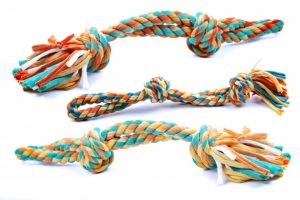 Toys
Toys
Every pup needs some good chew toys to chase. The best toys are soft ones, Human teeth are not dog teeth. Hard toys like bones and rawhide shouldn't be used.
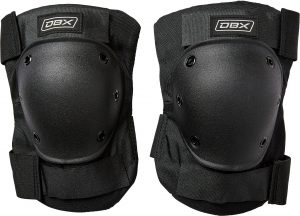 Knee Pads
Knee Pads
A more practical consideration than anything, a cheap pair of knee pads from a hardware store will help keep your pup's knees from being injured and allow for longer play time.
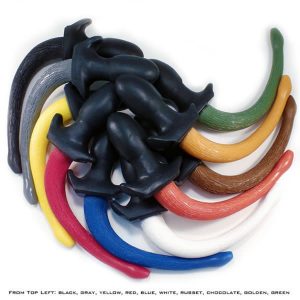 Tails
Tails
Tails are a great way to get into the pup spirit. There are furry, leather, and rubber tails that are either worn as an insertable or as part of clothing. NEVER pull on a pup's tail.
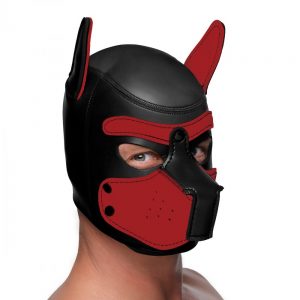
Hoods/Muzzles
A muzzle helps prevent a pup from using his human voice and serves to make him look more dog like. Hoods look even more dog like (some are very realistic) and are usually less restrictive. Each hood can be tailored to each unique pup.
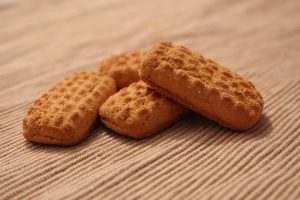 Treats
Treats
Trainers and handlers sometimes use treats to reward their dogs for good behavior. Treats can include soft candies, small meat bites and peanut butter. Make sure to ask a pup or their handler before feeding since some may have food allergies!
